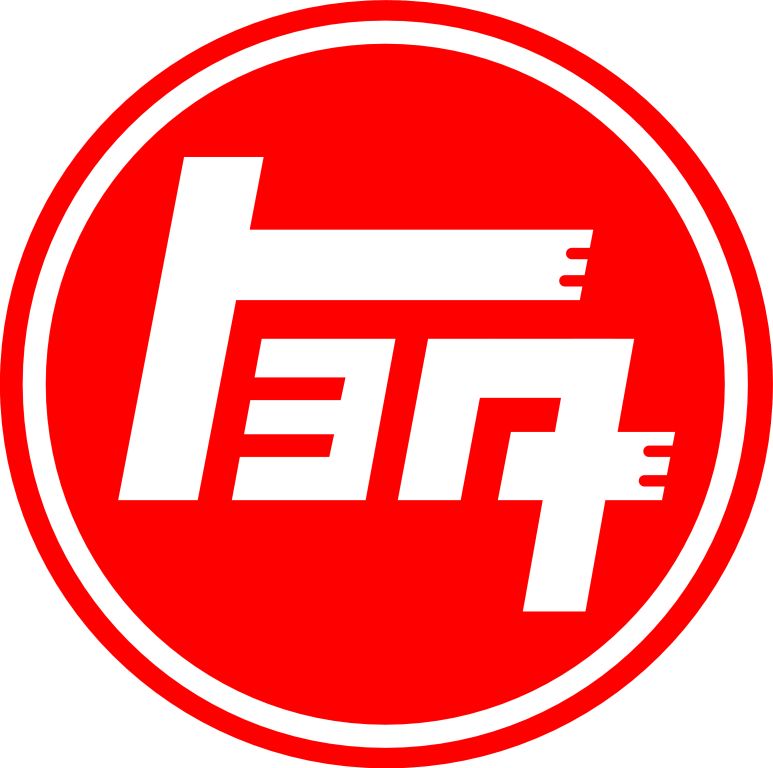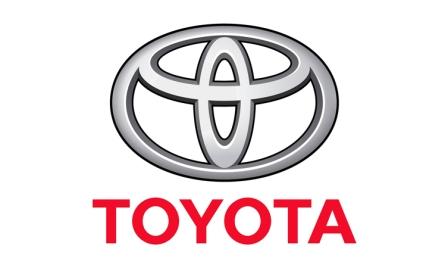Toyota, Japan’s largest automaker, is a prominent global car manufacturer recognized for its commitment to quality, technological innovation, and reliability. Founded in 1937, the company boasts a rich history and has undergone three significant logo changes. The present Toyota logo was unveiled in October 1989, marking the company’s 50th anniversary. There are several theories about the Toyota logo meaning, one of which associates it with the city of Nagoya.
Table of Contents
Toyota Information
| Founded | 28 August 1937 |
| Founder | Kiichiro Toyoda |
| Headquarters | Toyota, Aichi, Japan |
| Official website | www.toyota-global.com |
| Other brands/JVs | Daihatsu Hino Lexus |
| Slogan | Let’s Go Places |
The creation of the Toyota emblem was driven by the aspiration to provide a robust and easily recognizable visual identity for the brand. Concurrently, as the automaker was venturing into markets beyond Japan, the Toyota symbol served as a symbolic message, signaling the company’s entrance onto the global stage.
Toyota Logo Meaning
The development of the emblem, featuring three interlocking ovals, was the outcome of a meticulous design process that spanned almost five years. These three ovals were ingeniously interconnected in a horizontally symmetrical arrangement, ensuring that the logo remained easily identifiable whether viewed head-on or in a rear-view mirror.
The inner two ovals, positioned at right angles to each other, hold symbolic meanings: one represents the heart of the customer, and the other, the heart of the company. Their intersection signifies the mutual trust that exists between them. Additionally, this overlap creates a stylized “T,” which serves as a graphical representation of the Toyota brand.

The outer oval, encompassing the two interlinked ovals, symbolizes the global embrace of Toyota by the world. Furthermore, it’s worth noting that each of these ellipses is drawn with varying stroke thicknesses, which reflects the influence of Japanese calligraphy art and culture in the design of the emblem.
It might be easy to assume that the Toyota logo is solely about its design, but that’s not the whole story. Similar to how the color white is composed of seven different colors, the white background within the Toyota logo represents seven core values that the brand upholds. These values encompass superb quality, value exceeding expectations, the pleasure of driving, innovation, unwavering commitment to safety, environmental responsibility, and social responsibility. Interestingly, Toyota often refers to these values as “infinite values.”
The initial vehicle to feature the new Toyota logo, along with its associated meaning, was the Celsior luxury sedan. This vehicle was marketed under the name “Lexus” in international markets.
The Toyota emblem is a work of art, filled with intricate details and layers of meaning. While it is readily recognizable, the Toyota logo maintains an understated elegance and hasn’t garnered the same level of attention as logos from brands like Ferrari, Lamborghini, or the more mainstream Ford logo. Nonetheless, it has effectively fulfilled its primary objective of conveying a sophisticated message in a straightforward and uncomplicated manner.
Old Toyota Logo Emblem(s)

Toyota had its origins as a textile machinery manufacturer founded by Sakichi Toyoda. It was only in the 1930s that the company ventured into the automobile industry, under the leadership of Kiichiro Toyoda. The initial logo of the company was notably straightforward. Written in Romaji script (Roman letters), the company’s name was arranged in a diamond-like configuration against a blue background.
Given the era, Kiichiro Toyoda’s decision to represent the company name in Roman letters instead of the native Kanji script was rather forward-thinking. The Toyota emblem featured the company name in Romaji script, accompanied by a hood ornament that spelled “Toyoda” in Kanji script. This emblem also incorporated wings to symbolize speed.

The initial logo, which lacked excitement, prompted Toyoda to contemplate a significant change. He initiated a design competition to seek a more suitable emblem. In 1936, out of 27,000 design submissions, the company selected a new emblem. The second Toyota logo featured the company name written in the Katakana script, enclosed within a circle. The Katakana characters represented “to,” “yo,” and “ta.” Notably, this redesign also marked the alteration of the company name from “Toyoda” to “Toyota.”
Read Also: Subaru Logo Meaning: History of Seven Sisters Symbol

In reality, the winning design entry used two additional strokes, which correctly spelled the name as “Toyoda.” However, this was deliberately modified later on. Various theories surround the reasons for the name change, including:
- Sounds more international
- Easy to pronounce in foreign languages
- Reflects the company’s move from a family enterprise to a professional, global one
These stories, while lacking concrete evidence, are not entirely without merit in their logic. The official rationale for limiting the number of strokes to eight is rooted in the notion of “good luck.” However, there’s a deeper layer to it. In Kanji, the graphic representation of the number eight, known as “hachi,” symbolizes further growth. Additionally, another interpretation of the Toyota logo emblem is that it serves as a tribute to Nagoya, the city of Kiichiro’s birth and the home of the automaker. From this perspective, the final character in the Toyota logo emblem can be viewed as a nod to the city.


1 thought on “Toyota Symbol Meaning – History of Toyota Logo”